Презентация low res


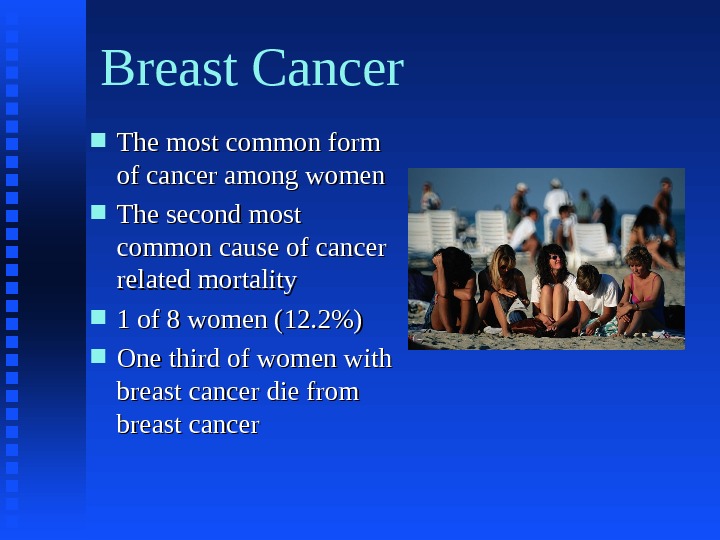
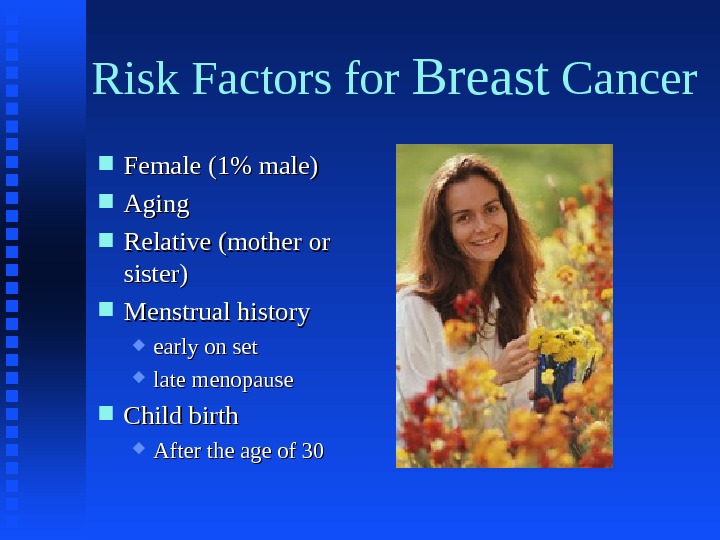

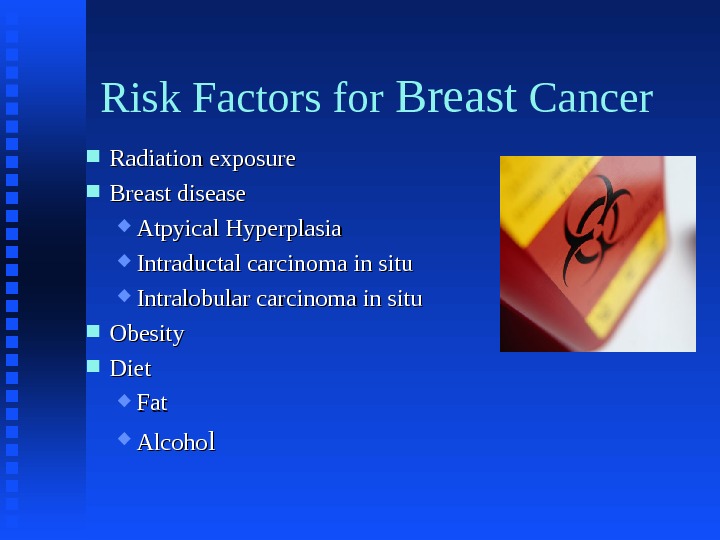

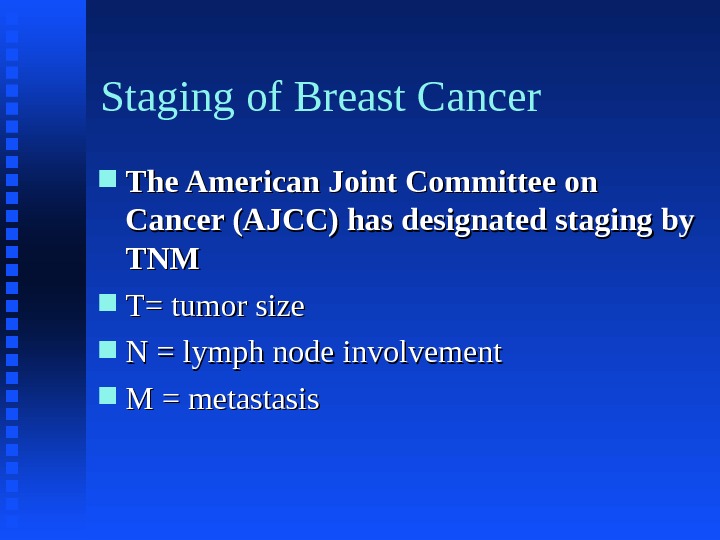
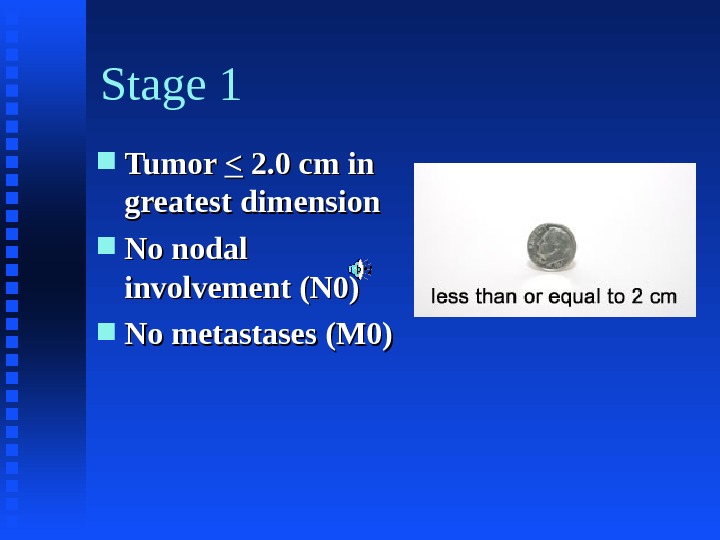
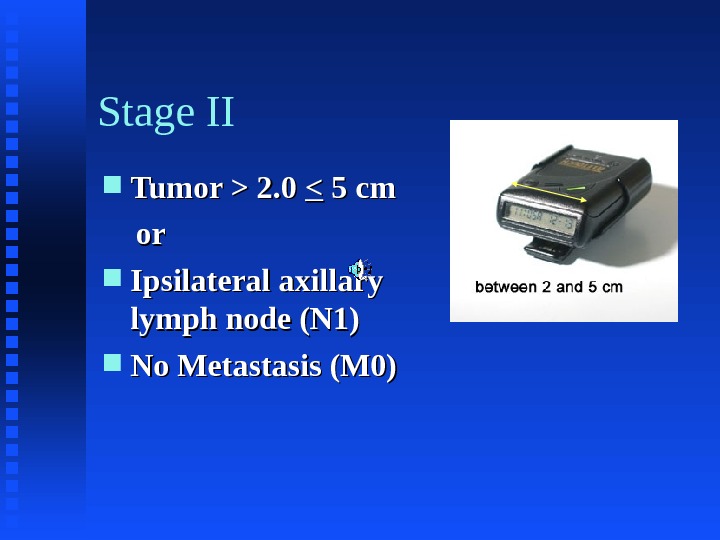

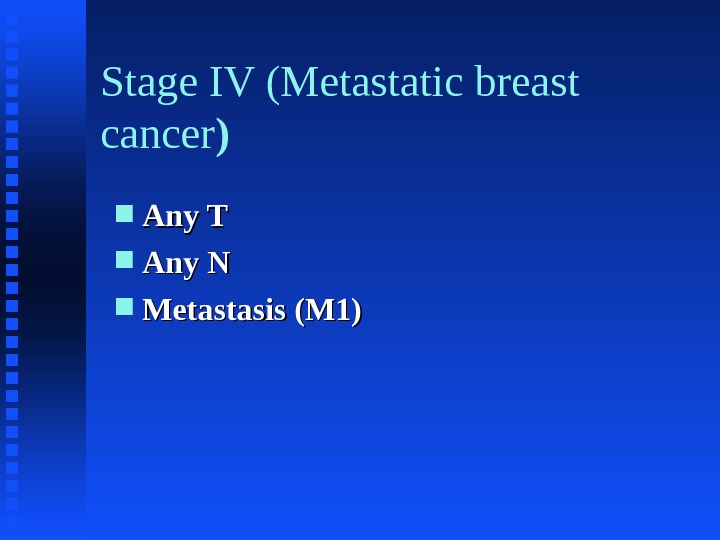




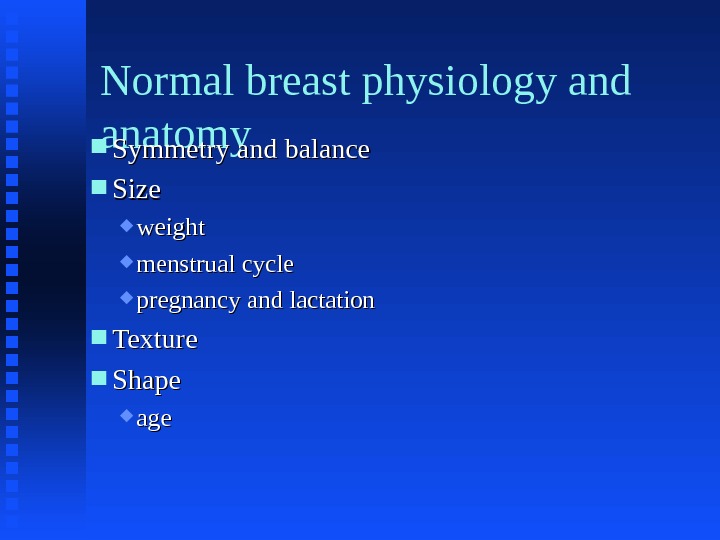
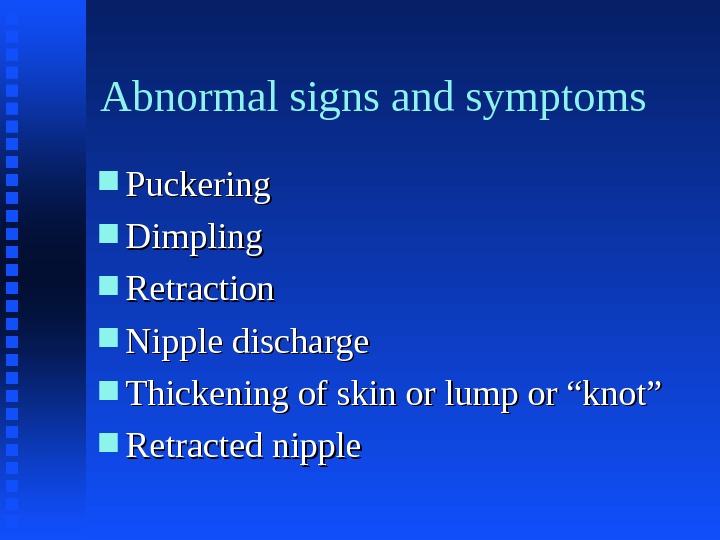

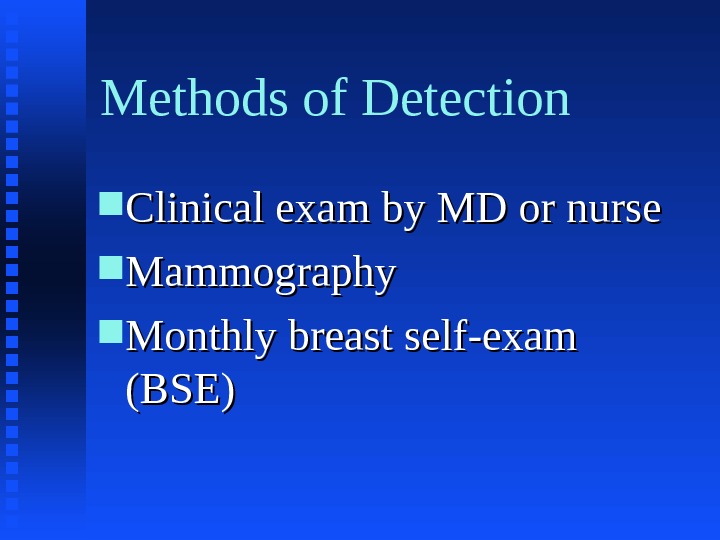
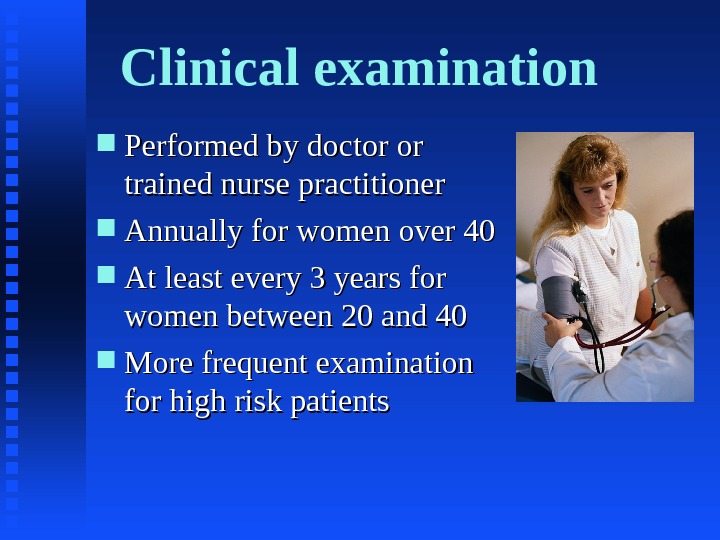
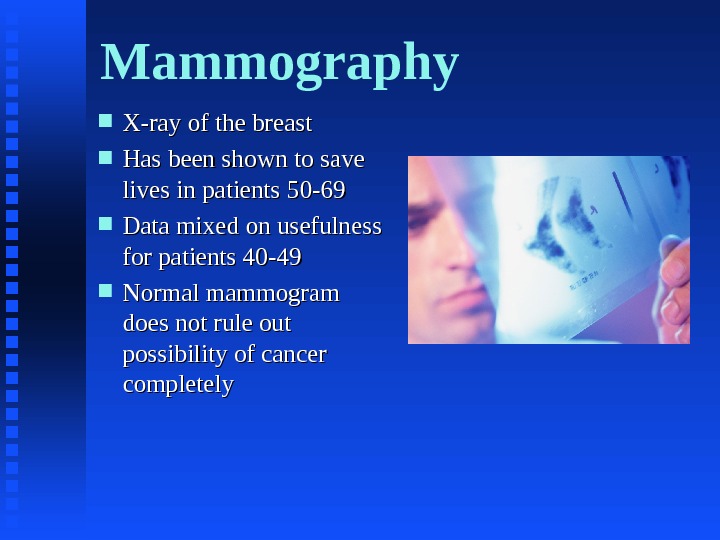

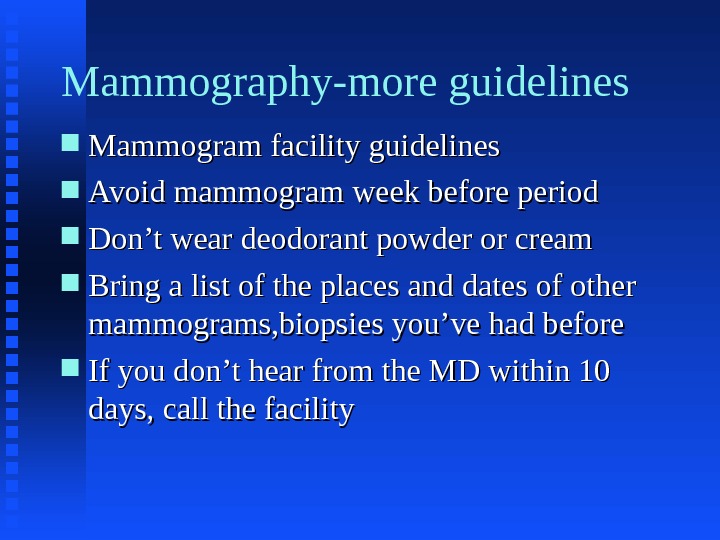
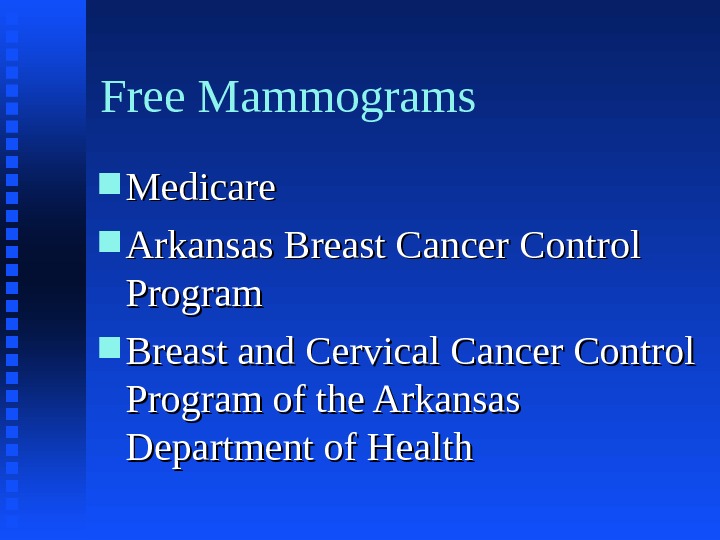

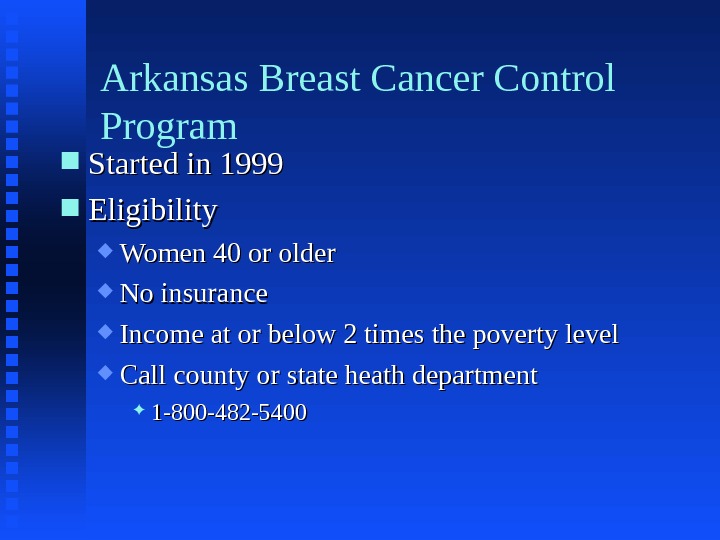
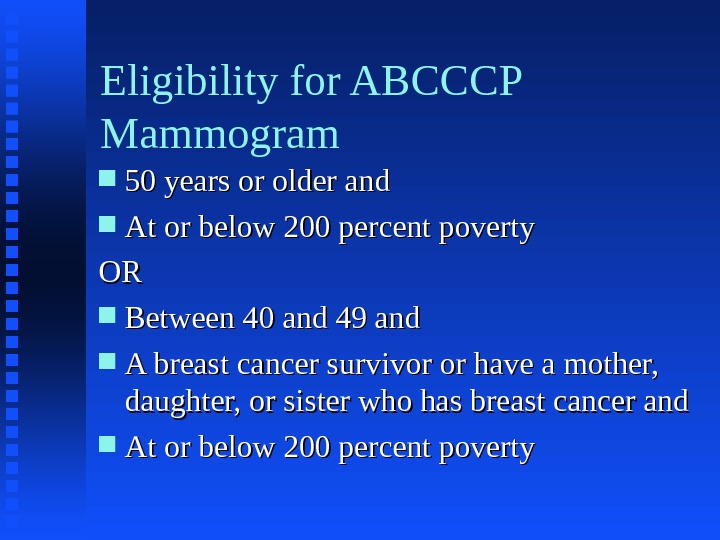
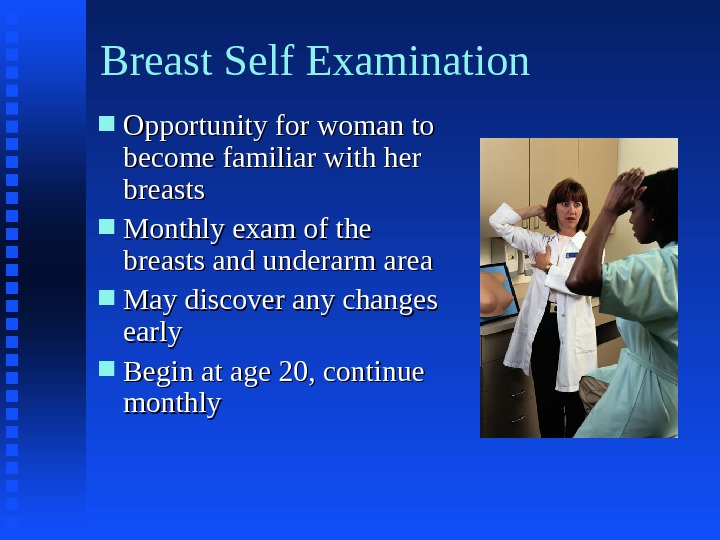
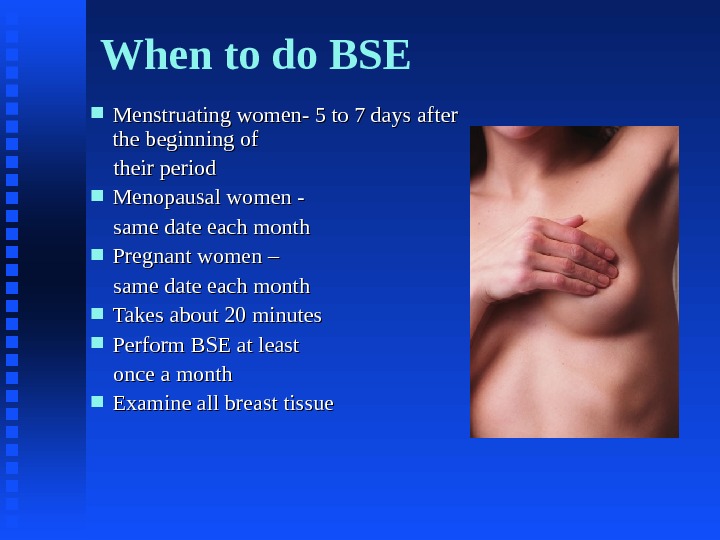
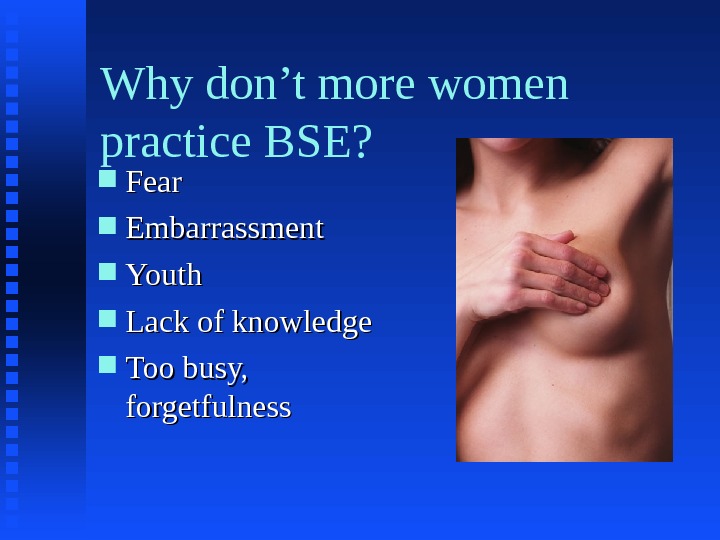
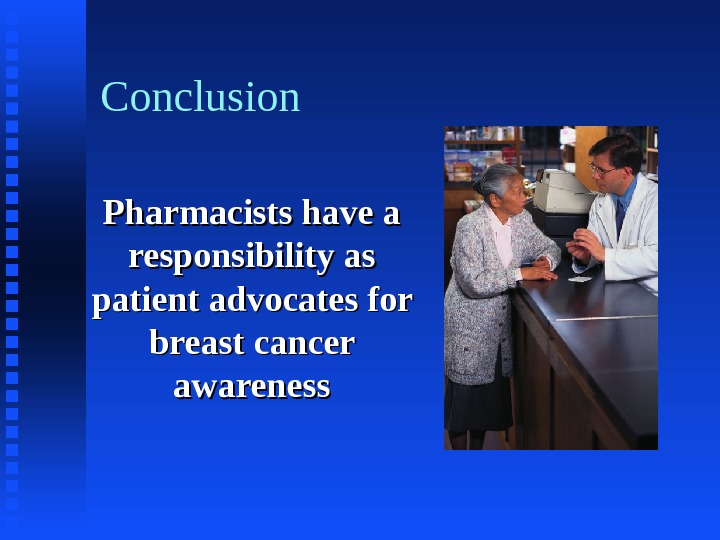
- Размер: 936 Кб
- Количество слайдов: 32
Описание презентации Презентация low res по слайдам
 For Breast Cancer A program of the UAMS College of Pharmacy Funded through unrestricted educational grants by Susan G. Komen Breast Cancer Foundation Arkansas Affiliate
For Breast Cancer A program of the UAMS College of Pharmacy Funded through unrestricted educational grants by Susan G. Komen Breast Cancer Foundation Arkansas Affiliate
 Overview of Breast Cancer Jan K. Hastings, Pharm. D.
Overview of Breast Cancer Jan K. Hastings, Pharm. D.
 Breast Cancer The most common form of cancer among women The second most common cause of cancer related mortality 1 of 8 women (12. 2%) One third of women with breast cancer die from breast cancer
Breast Cancer The most common form of cancer among women The second most common cause of cancer related mortality 1 of 8 women (12. 2%) One third of women with breast cancer die from breast cancer
 Risk Factors for Breast Cancer Female (1% male) Aging Relative (mother or sister) Menstrual history early on set late menopause Child birth After the age of
Risk Factors for Breast Cancer Female (1% male) Aging Relative (mother or sister) Menstrual history early on set late menopause Child birth After the age of
 Exogenous Estrogen Hormonal replacement therapy(HRT) 30% increased risk with long term use Oral Contraceptives(OC) risk slight risk returns to normal once the use of OC’s has been discontinued
Exogenous Estrogen Hormonal replacement therapy(HRT) 30% increased risk with long term use Oral Contraceptives(OC) risk slight risk returns to normal once the use of OC’s has been discontinued
 Risk Factors for Breast Cancer Radiation exposure Breast disease Atpyical Hyperplasia Intraductal carcinoma in situ Intralobular carcinoma in situ Obesity Diet Fat Alcoho ll
Risk Factors for Breast Cancer Radiation exposure Breast disease Atpyical Hyperplasia Intraductal carcinoma in situ Intralobular carcinoma in situ Obesity Diet Fat Alcoho ll
 Genetics BRCA-1 BRCA-2 P 53, Rb-1 Her-2/neu, c-er. B 2, c-myc
Genetics BRCA-1 BRCA-2 P 53, Rb-1 Her-2/neu, c-er. B 2, c-myc
 Staging of Breast Cancer The American Joint Committee on Cancer (AJCC) has designated staging by TNMTNM T= tumor size N = lymph node involvement M = metastasis
Staging of Breast Cancer The American Joint Committee on Cancer (AJCC) has designated staging by TNMTNM T= tumor size N = lymph node involvement M = metastasis
 Stage 1 Tumor << 2. 0 cm in greatest dimension No nodal involvement (N 0) No metastases (M 0)
Stage 1 Tumor << 2. 0 cm in greatest dimension No nodal involvement (N 0) No metastases (M 0)
 Stage II Tumor > 2. 0 << 5 cm oror Ipsilateral axillary lymph node (N 1) No Metastasis (M 0)
Stage II Tumor > 2. 0 << 5 cm oror Ipsilateral axillary lymph node (N 1) No Metastasis (M 0)
 Stage III Tumor > 5 cm (T 3) or ipsilateral axillary lymph nodes fixed to each other or other structures (N 2) involvement of ipsilateral internal mammary nodes (N 3) Inflammatory carcinoma (T 4 d)
Stage III Tumor > 5 cm (T 3) or ipsilateral axillary lymph nodes fixed to each other or other structures (N 2) involvement of ipsilateral internal mammary nodes (N 3) Inflammatory carcinoma (T 4 d)
 Stage IV (Metastatic breast cancer ) Any T Any N Metastasis (M 1)
Stage IV (Metastatic breast cancer ) Any T Any N Metastasis (M 1)
 Types of breast cancer In situ Intraductal (DCIS) Intralobular (LCIS) Invasive Infiltrating ductal carcinoma Tubular carcinoma Medullary carcinoma Mucinous carcinoma
Types of breast cancer In situ Intraductal (DCIS) Intralobular (LCIS) Invasive Infiltrating ductal carcinoma Tubular carcinoma Medullary carcinoma Mucinous carcinoma
 Symptoms and Screening
Symptoms and Screening


 Normal breast physiology and anatomy Symmetry and balance Size weight menstrual cycle pregnancy and lactation Texture Shape ageage
Normal breast physiology and anatomy Symmetry and balance Size weight menstrual cycle pregnancy and lactation Texture Shape ageage
 Abnormal signs and symptoms Puckering Dimpling Retraction Nipple discharge Thickening of skin or lump or “knot” Retracted nipple
Abnormal signs and symptoms Puckering Dimpling Retraction Nipple discharge Thickening of skin or lump or “knot” Retracted nipple
 Abnormal signs and symptoms Change in breast size Pain or tenderness Redness Change in nipple position Scaling around nipples Sore on breast that does not heal
Abnormal signs and symptoms Change in breast size Pain or tenderness Redness Change in nipple position Scaling around nipples Sore on breast that does not heal
 Methods of Detection Clinical exam by MD or nurse Mammography Monthly breast self-exam (BSE)
Methods of Detection Clinical exam by MD or nurse Mammography Monthly breast self-exam (BSE)
 Clinical examination Performed by doctor or trained nurse practitioner Annually for women over 40 At least every 3 years for women between 20 and 40 More frequent examination for high risk patients
Clinical examination Performed by doctor or trained nurse practitioner Annually for women over 40 At least every 3 years for women between 20 and 40 More frequent examination for high risk patients
 Mammography X-ray of the breast Has been shown to save lives in patients 50 -69 Data mixed on usefulness for patients 40 -49 Normal mammogram does not rule out possibility of cancer completely
Mammography X-ray of the breast Has been shown to save lives in patients 50 -69 Data mixed on usefulness for patients 40 -49 Normal mammogram does not rule out possibility of cancer completely
 Mammography American Cancer Society recommends: Women (asymptomatic) 40 years of age and older should have a mammogram every year. .
Mammography American Cancer Society recommends: Women (asymptomatic) 40 years of age and older should have a mammogram every year. .
 Mammography-more guidelines Mammogram facility guidelines Avoid mammogram week before period Don’t wear deodorant powder or cream Bring a list of the places and dates of other mammograms, biopsies you’ve had before If you don’t hear from the MD within 10 days, call the facility
Mammography-more guidelines Mammogram facility guidelines Avoid mammogram week before period Don’t wear deodorant powder or cream Bring a list of the places and dates of other mammograms, biopsies you’ve had before If you don’t hear from the MD within 10 days, call the facility
 Free Mammograms Medicare Arkansas Breast Cancer Control Program Breast and Cervical Cancer Control Program of the Arkansas Department of Health
Free Mammograms Medicare Arkansas Breast Cancer Control Program Breast and Cervical Cancer Control Program of the Arkansas Department of Health
 Medicare Women over
Medicare Women over
 Arkansas Breast Cancer Control Program Started in 1999 Eligibility Women 40 or older No insurance Income at or below 2 times the poverty level Call county or state heath department 1 -800 -482 —
Arkansas Breast Cancer Control Program Started in 1999 Eligibility Women 40 or older No insurance Income at or below 2 times the poverty level Call county or state heath department 1 -800 -482 —
 Eligibility for ABCCCP Mammogram 50 years or older and At or below 200 percent poverty OROR Between 40 and 49 and A breast cancer survivor or have a mother, daughter, or sister who has breast cancer and At or below 200 percent poverty
Eligibility for ABCCCP Mammogram 50 years or older and At or below 200 percent poverty OROR Between 40 and 49 and A breast cancer survivor or have a mother, daughter, or sister who has breast cancer and At or below 200 percent poverty
 Breast Self Examination Opportunity for woman to become familiar with her breasts Monthly exam of the breasts and underarm area May discover any changes early Begin at age 20, continue monthly
Breast Self Examination Opportunity for woman to become familiar with her breasts Monthly exam of the breasts and underarm area May discover any changes early Begin at age 20, continue monthly
 When to do BSE Menstruating women- 5 to 7 days after the beginning of their period Menopausal women — same date each month Pregnant women – same date each month Takes about 20 minutes Perform BSE at least once a month Examine all breast tissue
When to do BSE Menstruating women- 5 to 7 days after the beginning of their period Menopausal women — same date each month Pregnant women – same date each month Takes about 20 minutes Perform BSE at least once a month Examine all breast tissue
 Why don’t more women practice BSE? Fear Embarrassment Youth Lack of knowledge Too busy, forgetfulness
Why don’t more women practice BSE? Fear Embarrassment Youth Lack of knowledge Too busy, forgetfulness
 Conclusion Pharmacists have a responsibility as patient advocates for breast cancer awareness
Conclusion Pharmacists have a responsibility as patient advocates for breast cancer awareness
